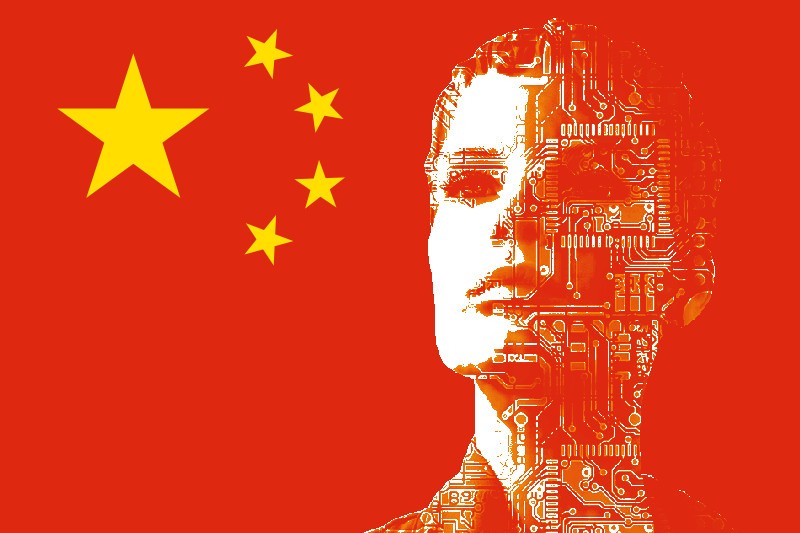The impact of AI has been predominantly studied from the eyes of developed countries like the UK and US, however the way economies and industries are set up in developing countries puts these countries at greater risk of dyer consequences in the near future.
China and India’s economies have accelerated rapidly over the last 30 years. They’ve presented two different models for growth. The China modal has utilised its large population and low labour costs to create a platform for blue-collar manufacturing. Then moving up the value chain through technological advancements. The India model uses a large low wend white collar English speaking population to become the place for outsourcing and testing software. Through experience these low skilled jobs can be upgraded to higher skilled white collar jobs.
Both models have the similarity of utilising low cost workers to conduct repetitive, non social, non creative monotonous jobs, whether it be the manual labour of assembling iPhone sets or cognitive activity required in call centres. Unfortunately for developing countries this is exactly the activity that A.I is able to replace.
Artificial intelligence is already automating both the cognitive tasks of areas such as call centres and labour tasks such as examining an iPhone for defects. Except A.I does not take off time for Diwali, doesn’t complain about poor working conditions and certainly doesn’t demand pay rises.
In taking away the cost cutting incentive for developed countries to outsource low end blue and white collar work to emerging countries, corporations will start to bring a lot of this functionality back to the countries they were originally based in. This will leave emerging economies in a dangerous position where the workforce will be unable to cling onto the jobs they once had. Winnie Lau an iPhone worker in Zhengzhou has seen a visible loss of iPhone battery quality control workers in the last few years, something she attributes to more sophisticated AI.
This could lead to a massive accumulation of wealth among AI superpowers, such as the U.S and China. AI in China runs on data and that dependence leads to a self-perpetuating cycle of consolidation in industries: The more data you have, the better your product/service saudemasculina.pt. The better your product/service, the more users you gain. The more users you gain, the more data you have.
China and India should no longer be regarded as developing economies, but what are developing countries supposed to do to climb out of poverty. It would seem to be the case that the China and India models of the past are no longer viable for economic development.
Increasing desperation in the developing world will contrast with a massive accumulation of wealth among the AI superpowers. AI runs on data and that dependence leads to a self-perpetuating cycle of consolidation in industries: The more data you have, the better your product. The better your product, the more users you gain. The more users you gain, the more data you have.
So, what is an emerging economy to do? The first step is to recognize that the traditional paths to economic development — the China and India models — are no longer viable. China will likely be the last large country to climb out of poverty through factory work. The next wave of emerging economies must chart a new course. A course in educating their work force to be able to compete with the west and incoming A.I. Low labour costs look to have been suffocated by AI as a means for a developing country to become developed. An investment in education looks to be the only solution for countries to pull themselves out of the depths of poverty and compete in a global interconnected world.

